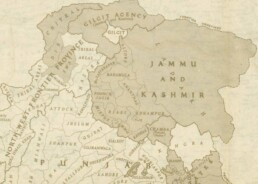By: Awais Hussain
Despite the lack of research of South-Asian genealogy, Awais Hussain has made many exciting discoveries in the Northern Punjab & Jammu-Kashmir FamilyTreeDNA Project.
In the sun-soaked fields where farmers toil, amidst bustling markets where villagers barter, and within the humble homes of clay that grace the foothills of the Himalayas, lies a treasure trove of stories that shape the identity and ancestry of my community.
These memories not only dwell in our hearts and minds, whispered from generation to generation, but they are also intricately woven into our very DNA.
Join me on my journey with genealogy, sharing my own experiences, what I have learned as a group project administrator with FamilyTreeDNA, and offering advice if you too are keen on discovering your roots!
My Interest in Family History Began as a Child
This year marks the tenth in my personal venture into family history research. But how did it all begin? I think my curiosity has always existed.
Growing up, my parents often took me to family gatherings—weddings, funerals, and other events—where I had the chance to meet the extended family (or biraderi). I would ask who everyone was and how they were connected to us, but many times it was unclear.
The people we met on these occasions were somehow linked to us, and they intimately knew my family’s elders; they could precisely pinpoint whose descendants we were based on facial resemblances, and yet we barely knew them apart from these brief encounters.
A Trip to my Ancestral Village Ignited my Passion for Genealogy
It was during a visit to my ancestral homeland in 2013 that my passion for genealogy truly sparked. There, I met my elderly great-grandmothers and spent valuable time with them, eagerly listening to stories from their youth.
From these conversations, I realised that all the details my great-grandmothers recalled would fade away and be lost if not preserved. Belonging to an understudied and under-documented community left me with the vigour to try and preserve whatever I could to safeguard our heritage.
I initially focused on my immediate family, but as our connections spanned far and wide, they quickly expanded to cover my surroundings.
South-Asian Settlement Patterns
My family originates from villages in District Mirpur, and most villages here have independent origins. Typically, a family would settle in the area, and the small household of parents and children would expand and develop so that their grandchildren, great grandchildren, and so on, eventually became the whole village (mohra, mohalla, or dhok).
Consequently, everyone in the same sub-village is usually descended from a common ancestor. Families were patrilocal, meaning that married couples resided with or near the husband’s family. As a result, if a grandmother was from another village, by virtue of that link, you end up being related to everyone there somehow too, though relationships are also dependent on caste.
Understanding the Caste System
A caste (qaum) is a sort of macro-web of families, an ethnic group. Caste is often connected to hereditary profession (paisha) in that people of the same caste traditionally had the same occupation.
There are two main types of caste:
- the land-owning agriculturalists (such as Rajputs, Jats, Gujars, Syeds, Awans, Arains)
- the skilful artisan castes, including weavers, tailors, builders, carpenters, blacksmiths, shoemakers, oil-makers, water carriers, dyers of cloth, barbers, and entertainers
It was customary to only marry within your caste, and it was taboo to marry outside of your caste. Even though a caste hierarchy existed, it was not as rigid as in other parts of the subcontinent.
Naming Clans Within South-Asian Communities
Within each caste, there are numerous clans (gots or gotras), which roughly correspond to the European notion of a surname and are also similar to Scottish clans. Each clan supposedly descends from the same patrilineal line in the recent or distant past.
Clans are often named after a forefather; for example, the Dhamial are said to be descendants of a Sultan Dhami Khan, the clan name Dhamial deriving from his name Dhami and the suffix -aal meaning ‘children of’.
Genetic Genealogy Strengthened Our Traditional Research
Overall, people of the same caste are somehow related through clan migrations, maternal connections, or marriage links. After collecting hundreds of records, voice recordings, and old photographs, and with our family tree databases containing over seventy thousand individuals, my journey led me to explore the power of DNA testing.
We started the Northern Punjab / Jammu-Kashmir Project at FamilyTreeDNA to address a major lacuna in the area’s historical study. The majority of British Pakistanis and British Kashmiris come from Mirpur and other areas of Azad Jammu and Kashmir, as well as adjacent northern Punjab, especially the Pothohar plateau.
Our aim is to study the origins, genealogy, and demographics of these areas using traditional methods alongside genetic evidence (Y-DNA, mtDNA, and autosomal testing).
Y-DNA Discoveries for South-Asian Genetic Genealogy
Results show that people primarily have autosomal matches with those who belong to the same caste. However, due to endogamy, distant relatives can be predicted as close Family Finder matches since they inherit more DNA from being related in multiple ways. Mapping these relationships, especially those earlier in the tree, can be extremely cumbersome.
However, Y-DNA and mtDNA have considerably helped in disambiguating the interconnected family lines by identifying paternal lineages and maternal relations, respectively. So far, we have encountered diversity in paternal haplogroups, with various branches of G, H, J, K, L, Q, and R – with L and R being the most common.
A New Branch Discovered in Haplogroup K
What is extraordinary is that we have found patterns between clans and Y-DNA, and that we have uncovered rare, underrepresented branches.

The project unearthed unique findings when a relative’s results belonged to Haplogroup K, with the only matches at the time being an individual from Malaysia (TMRCA c. 43,000 years ago) and two academic samples from India (both speakers of Telugu, spoken on the opposite side of the subcontinent).
This discovery led to the formation of a new branch, K-Y28343, which emerged around 3,200 BCE.
Refining the New K Branch Through Big Y Testing
Seeking more insights, we tested another relative belonging to the same clan, the Dhamial, but from a different village. Oral history tradition suggests a separation in their paternal lines in the 1400s, with brothers migrating from Kot Dhamiak to settle in different hamlets.
The Y-DNA results estimated a common ancestor in 1427 CE, aligning with the predicted timeline. Expanding our investigation to more family members, we found another branch associated with the Rupyal clan, tracing roots back to a common ancestor in 1542 CE. This also implies that many villages in Mirpur have been inhabited for several centuries.
Establishing two K branches, each consistent with the testers’ known histories and in line with the documented timeline, is quite remarkable. We are excited for the pending results, and we hope to elucidate each branch and unravel more aspects of their history.
Three Steps To Begin South-Asian Genetic Genealogy
In the final section of this article, I’d like to offer a few steps to help you explore your own roots, especially if you have family ties to the Indian subcontinent.
1. Don’t Hesitate To Take the First Step
You may feel overwhelmed or unsure where to start, but remember that every effort you make is significant, no matter how small it seems—not only for yourself but for future generations, too.
Begin by engaging with your immediate family and jotting down whatever you already know. Record names, birthdates, birthplaces, and any other biographical details you can gather.
Before collating oral histories and approaching DNA relatives, try to gain a good understanding of the background concepts related to your community. For South Asians, it is important to understand village lifestyle, village dynamics, naming conventions, castes, and subcastes or clans. This knowledge will help you interpret relationships with matches in their proper context.
2. Utilise Available Resources and Records
- Try accessing traditional Mirasi records or land registry records from patwaris or registrars at the kacheri offices;
- Visit graveyards, as headstones often include names and dates;
- Post on social media platforms such as Facebook groups for your village or clan;
- Track any existing notes written by relatives, trees, diaries, or photograph albums and try to preserve them by scanning.
3. Consider and Plan DNA Testing for Your Relatives
In our own journey, we have had the privilege of reuniting over twenty individuals with their long-lost biological families. These heartwarming opportunities make all the difference. Ultimately, as evidenced by DNA, we are all part of one large human family, spread worldwide through migrations since the dawn of time.
Within the forest of human civilisation, where are your tree’s roots, and what’s your branch?
Additional Resources for Studying South-Asian Genealogy

About the Author
Awais Hussain
Group Project Administrator for the Northern Punjab/Jammu-Kashmir Project
Awais Hussain is a student of Linguistics at the University of York. He has been an avid researcher of family history for over ten years and is the founder of Mirpur Heritage / Apna Heritage, a UK-based charity which aims to preserve and promote the heritage, arts, culture, history, genealogy, language, and literature of communities from Mirpur and surroundings. He has extensively researched this region and is actively involved in numerous collaborative projects, notably with the Australian Indian Historical Society and the Newpakhistorian Ethnology and History of Punjabi Tribes. His chapter ‘The Story of Mirpur: From Magnificence to Marginalization to Migration’ was published in the collection ‘Society and Politics of Jammu and Kashmir’ in 2021.






This is fantastic. We are hoping to go to India and Pakistan and wish to take DNA kits but are not sure about customs. How did you do this? We are the Genealogical Society of India and its Diaspora. (theGSID.net) we would love to highlight you on our website blog.
I ordered an FTDNA kit in June of this year and it arrived with absolutely no problems (I’m based in India) However, it was a bit of a hassle to send it back- I had to obtain a non-infectious certificate and a doctor’s letter. I’d say if you are carrying kits with you, carry proper documentation that appropriately explains their contents.